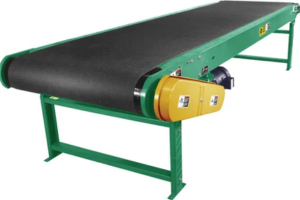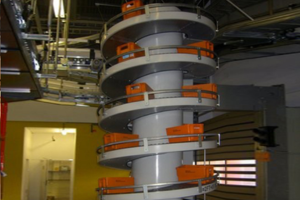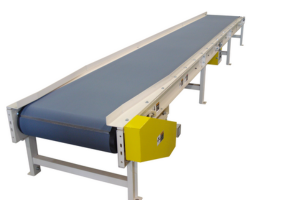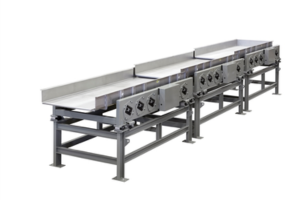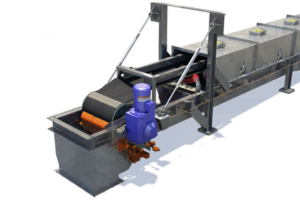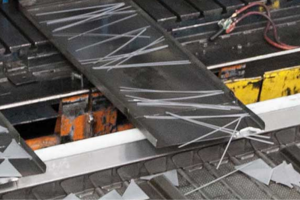1. Effective Material Taking Care of: Conveyors empower the consistent and productive transportation of different construction waste materials, like cement, wood, metals, and garbage, inside recycling offices. They dispose of the requirement for physical work, diminish taking care of time, and guarantee a consistent progression of materials, working on general proficiency.
2. Upgraded Arranging and Division: Conveyors outfitted with arranging frameworks assume an essential part in isolating various sorts of construction waste. They transport materials to arranging stations or concentrated hardware, like screens, attractive separators, or optical sorters, working with the proficient detachment of recyclable materials from non-recyclable waste.
3. Expanded Material Recuperation: Conveyors add to amplifying material recuperation in construction waste recycling. By productively shipping materials to different handling stations, conveyors work with the ID and extraction of important recyclable materials, improving the recuperation rates and diminishing waste shipped off landfills.
4. Further developed Security: Conveyors assist with upgrading well-being in construction waste recycling offices. By limiting manual material taking care, they diminish the gamble of laborer wounds related to truly difficult work and monotonous assignments. Moreover, conveyors can be furnished with security elements, for example, crisis stop fastens and watches to guarantee a protected workspace.
5. Adaptability and Versatility: Conveyors offer adaptability and flexibility to the different scopes of construction waste materials experienced in recycling offices. They can be tweaked and designed to deal with various sizes, shapes, and loads of materials, obliging the particular prerequisites of the recycling system.
